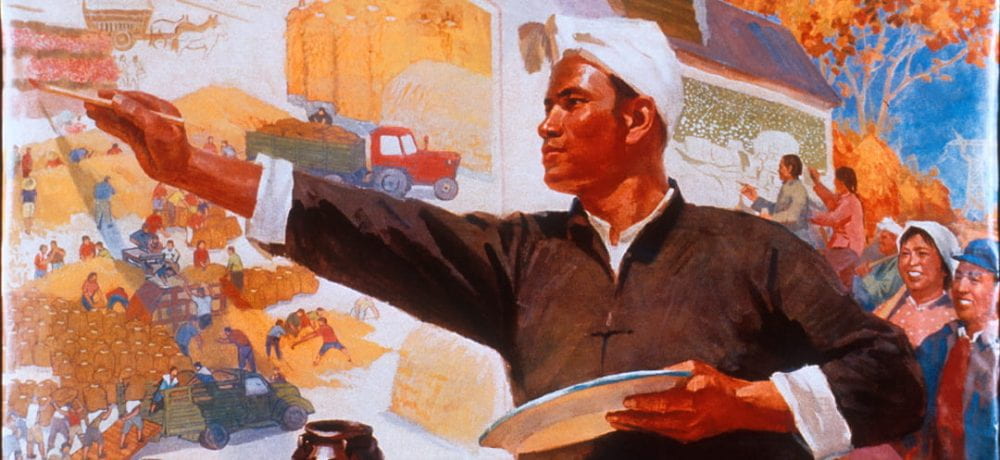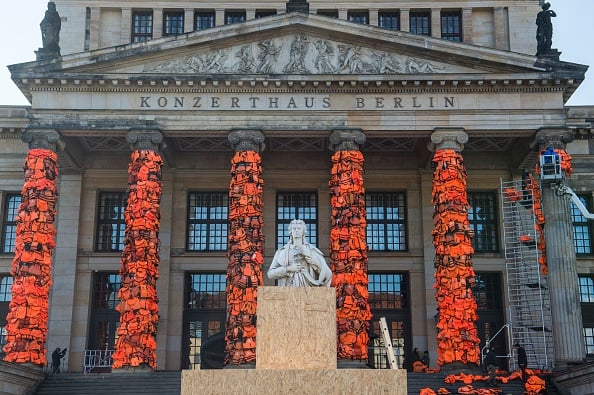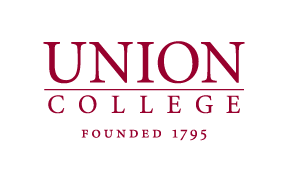Chinese art has come a long way over the years when it comes to the freedom of expression that a Chinese artist is allowed to display. In the years under Mao Zedong, Chinese artist probability experienced the largest amount of oppression when it came to their artistic freedom. The only art during these cultural revolution times, where pieces that showed off the greatness that is China, Communism and the leader Mao. Scholars tend to think that after Mao’s passing that Chinese art for the first time in a long time becomes free again to send messages free of Communist propaganda. But if one was to ask Ai Weiwei if he thought he was free to express himself though his art in modern day china, he would most likely respond that he cannot produce his work in China.
Ai Weiwei is one of the first Chinese contemporary artist. One of the first exhibitions that Ai Weiwei participated in was the Stars Art group, who for the first time in China had an avant garde exhibition. This exhibition featured several pieces of art that where not in line with the government party and appeared to have other political messages that the Chinese government would like. As a result the exhibition was shutdown. Much like the first person to do anything, Ai Weiwei’s work was often not understood in the beginning, much like early Warhol work who Ai Weiwei has said he took inspiration from. This stars exhibition inspired Chinese artist to look at art differently for the first time.
Much later down the road after Ai Weiweis continued to refine his artistic personality. His art had begun to draw to much negative attention from the Chinese government as a result of his artwork. In 2011 this culminated in the Chinese government detaining him for several months and then eventually being put on house arrest. While he was on house arrest there where security cameras installed by the Chinese government looking into his home. This prompted him to recreate these cameras in a classical method of carved marble. This back and forth artistic struggle between Ai Weiwei and the Chinese government eventually prompted him to move away from China with his family while still creating powerful works of art with meaning while drawing attention to Chinese or greater world problems that he feels must not be overlooked.





